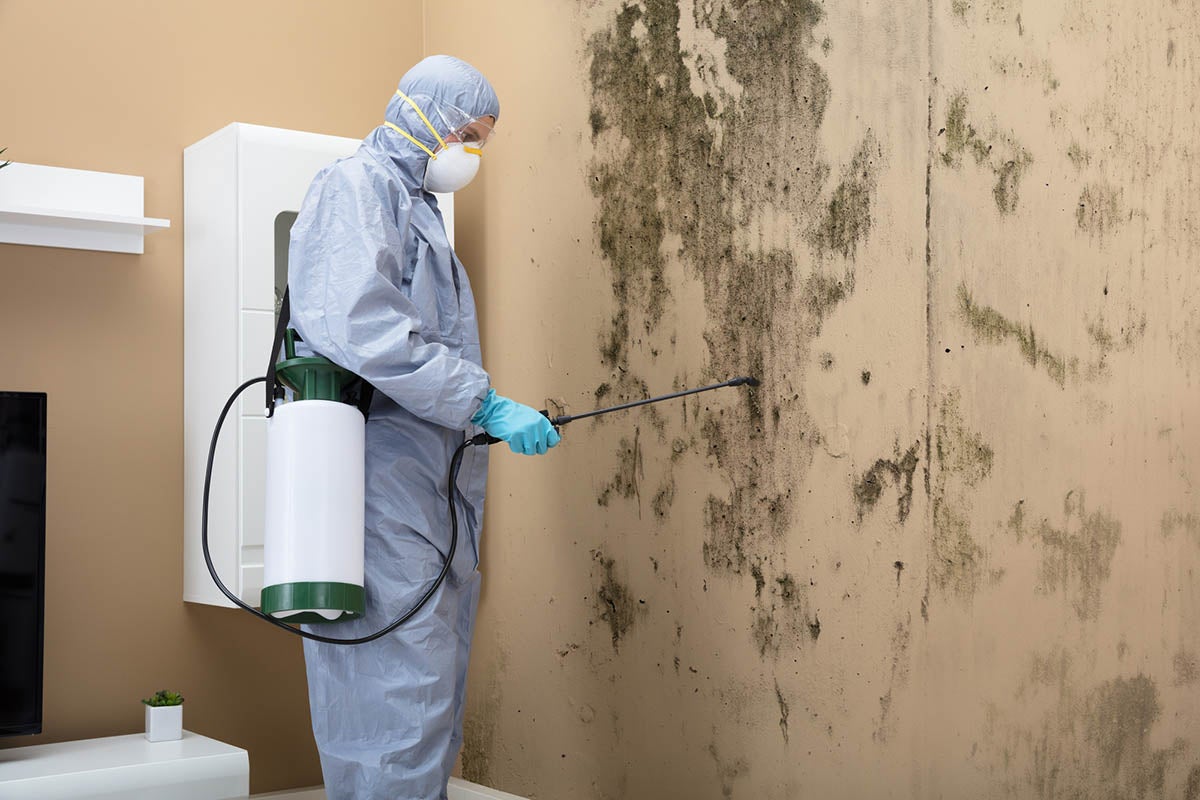Guidance on What to Do After Mold Remediation
Wiki Article
Your Ultimate Guide to Post Mold And Mildew Remediation Methods
In the aftermath of mold infestation, understanding just how to efficiently remove the mold and mildew and prevent its reoccurrence is extremely important for maintaining a healthy interior setting. From choosing the appropriate cleaning and disinfecting approaches to applying methods for long-lasting mold avoidance, each action in the remediation trip plays an important duty in making sure a successful end result.Recognizing Post-Mold Remediation Process
After finishing the mold and mildew removal process, it is critical to comprehend the post-mold remediation strategies that are required to guarantee a efficient and complete clean-up. As soon as the mold has been removed, the next step includes cleansing and decontaminating the influenced areas to avoid any type of regrowth of mold. This consists of using specialized cleansing representatives to clean down surfaces and kill any kind of continuing to be mold spores. It is crucial to dry out the area totally to prevent the development of mold and mildew in the future (After mold remediation). Proper ventilation and dehumidification can assist in this process.
Additionally, carrying out a last evaluation post-remediation is vital to ensure that all mold and mildew has actually been effectively gotten rid of. This assessment ought to entail a thorough visual check as well as potentially air sampling to confirm the absence of mold spores airborne. Additional removal may be needed if the examination reveals any type of sticking around mold. Educating passengers on precautionary steps such as regulating moisture levels and quickly dealing with any water leaks can help preserve a mold-free environment.
Reliable Cleansing and Sanitizing Techniques

Avoiding Future Mold And Mildew Growth

Importance of Proper Air Flow
Correct air flow plays a vital role in protecting against moisture accumulation, a crucial factor in mold and mildew growth within interior atmospheres. Reliable ventilation visit site systems assist get rid of excess humidity from the air, reducing the possibilities of mold spores discovering the wetness they require to germinate and spread. Without adequate ventilation, indoor rooms can end up being a breeding place for mold and mildew, causing possible health and wellness threats and architectural damages.By making sure appropriate air flow, ventilation systems can likewise assist in drying out damp locations more swiftly after water damage or flooding occurrences, better discouraging mold growth. After mold remediation. you can check here Precede like restrooms, attics, cooking areas, and basements where dampness degrees tend to be greater, setting up and maintaining reliable ventilation systems is essential in preventing mold infestations

Monitoring and Maintenance Tips
Given the crucial role that proper ventilation plays in preventing mold and mildew development, it is crucial to establish effective tracking and upkeep pointers to ensure the continued functionality of air flow systems. Surveillance humidity degrees within the building is also important, as high moisture can contribute to mold and mildew development. By staying aggressive and mindful to the problem of air flow systems, home owners can properly reduce the danger of mold regrowth and keep a healthy and balanced indoor atmosphere.
Conclusion
Finally, post-mold removal strategies are essential for making certain a secure and clean environment. Comprehending the process, executing reliable Going Here cleansing and decontaminating techniques, protecting against future mold growth, preserving correct air flow, and normal tracking are all essential actions in the removal process. By adhering to these guidelines, you can efficiently remove mold and mildew and avoid its return, advertising a healthy living or functioning area for all occupants.In the after-effects of mold and mildew invasion, recognizing how to properly eliminate the mold and avoid its reoccurrence is extremely important for keeping a healthy interior setting. When the mold has been removed, the next action involves cleaning and disinfecting the affected locations to stop any type of regrowth of mold and mildew - Post remediation mold testing near me. After eliminating noticeable mold and mildew development, it is critical to cleanse all surface areas in the damaged area to get rid of any staying mold and mildew spores. To additionally enhance mold and mildew avoidance procedures, it is vital to attend to underlying issues that initially led to mold and mildew growth.Given the essential function that appropriate air flow plays in avoiding mold and mildew growth, it is necessary to develop efficient surveillance and upkeep pointers to make sure the continued capability of ventilation systems
Report this wiki page